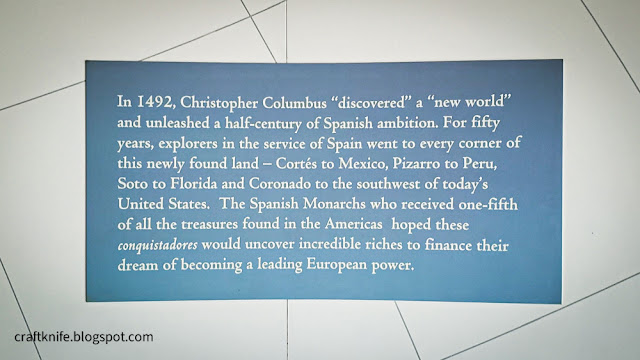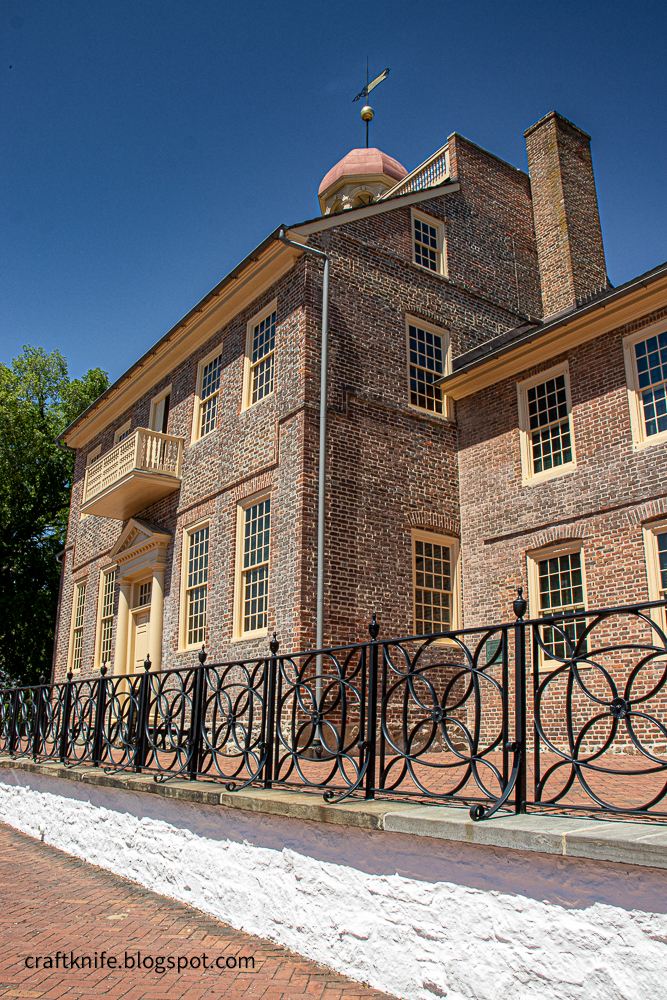 |
| Flying at Huffman Prairie, 2017 |
 The Wright Brothers by David McCullough
The Wright Brothers by David McCullough
My rating: 5 of 5 stars
This deep dive that I took into the early history of aviation was always going to lead me to David McCullough.
If possible, I highly recommend reading an in-depth biography like this AFTER visiting one or more of the places relevant to the subject’s life, because I think it’s even more fun in this case to read about a place I know than to visit a place I’ve read about. I’ve never been to Kitty Hawk (although I super want to someday!), but I’ve been in and around Dayton to see Wright Brother sites like their bicycle shop and printing office, Huffman Prairie, and the family gravesite, and more, in my devoted campaign to earn my beloved Wilbear. You can also visit the mansion they had built for themselves there after they got rich on Wright Flyer contracts, but for their original family home you have to go to Detroit, because Henry Ford bought it and moved it there.
 |
| original 1903 Wright Flyer in the Smithsonian Air and Space Museum |
Henry Ford also, by the way, once snookered his way into the shed where a Wright Flyer was being stored and got caught making measurements of it. Nothing ever came out of that, apparently, but it’s still hella suss.
As an only child, and the parent of two children who love each other but lead decidedly individual lives, I’m fascinated by the experience of two siblings (and sometimes three siblings!) who lived their lives so much in each other’s pockets that a single biography suffices for both. They’re like the Sam and Dean Winchester of manned flight! Do you think they ever had a conversation about their relationship or their future, or did they always just automatically pal up in a way that never needed voice put to it?
And they seem to have automatically palled up even in enterprises that only really interested one. The printing business was Orville’s baby, and although Orville complained a lot about Wilbur not investing his soul into it as much as he himself did, there never seemed to be any question of Wilbur popping off to, say, run his own business or get his own job and leave the boring printing stuff to Orville.
.jpg) |
| Wright brothers' printing office in Dayton |
Instead, they seemed content as life partners, living their lives together just as happily--and probably a lot more equitably--as they’d have been with romantic life partners. When their sister Katharine went off to Oberlin and their dad was doing his traveling preacher thing (the only part of the book that I found too much and too boring was Dad’s preacher work--boring to read about, and also irrelevant as neither Wright brother’s life and works seemed otherwise notably informed by religious belief), the brothers seemed to live contentedly together in the family home, each sharing the load in a way that apparently satisfied them both. Here’s an excerpt from a letter Wilbur wrote to Katharine:
“Orville cooks one week and I cook the next. Orville’s week we have bread and meat and gravy and coffee three times a day. My week I give him more variety. You see that by the end of his week there is a big lot of cold meat stored up, so the first half of my week we have bread and butter and “hash” and coffee, and the last half we have bread and butter and eggs and sweet potatoes and coffee.”
I guess they at least had sweet potatoes often enough to prevent scurvy?
Okay, I lied. I did think the part of the book in which the dad is fired from his preacher job because he was unwilling to accept Freemasons was interesting and hilarious. Seriously, what was UP with Freemasonry?!? They really had better be secretly housing the Holy Grail or some similar nonsense to have been worth all of these conspiracy theories.
When I started the book and read about the brothers’ early years, I thought that I was going to like Orville best. He was so mechanical-minded, even more so than his brother! He was always thinking up ideas of cool new stuff to try! Just between us, he was probably on the autism spectrum, and would have meltdowns when overstimulated and then have to go off and be quiet for a while.
But then… I dunno, Wilbur just really grew on me. It started when he was 17 and was hit so hard in the face by a future serial killer that he pretty much dropped out of school and gave up on his dreams to go to Yale and spent the next two years housebound, the full-time caregiver for his mother at the end of her life. How can you not be sympathetic to that much clear trauma?
Much later, his personality really shone through in the letters he wrote home while he was in France attempting to demonstrate the Wright Flyer and make deals with the French for its production. He mostly worked, because dude worked like a dog, but he also saw cathedrals and museums and tried new foods, and wrote about everything in an unaffected way. This is my favorite part of those letters:
“I was a little astonished and disturbed the other evening, when I sat down to dinner to find my soup which was a sort of noodle soup, turning into all sorts of curious forms and even letters of the alphabet. I began to think I had the ‘jim jams.” On close investigation I found that the dough had been run through forms so as to make the different letters of the alphabet and figures, too! It was like looking into the “hell box” of a printing office, and was all the more amusing because every mouthful of soup you take out, brought up a new combination.”
Wilbur Wright ate his first alphabet soup, and found it charming. How could the reader, as well, not be charmed by that?
Wilbur also impressed everyone who met him in France with his unflappable courage in simply going about his own business to demonstrate his flying machine, not letting anyone sway or influence him into flying when he didn’t think the conditions were absolutely perfect. McCullough gently hints that he seemed to worry that Orville wouldn’t do the same when he was demonstrating their flying machine back in America, and indeed, Orville does also hold the record for piloting the first fatal airplane crash…
 |
| You can see the original 1905 Wright Flyer in Dayton. |
Alas, Wilbur died shockingly young, at just 45, and whether it was grief or just his natural self coming through without any curbing force from his older brother, Orville began to impress me less and less as he aged. First, it was just him, his sister Katharine, and their dad in the family mansion, but when their dad died five years later, it was just him and Katharine for the next nine years. One day, though, Katharine told him that she was going to marry an old school chum from Oberlin and long-time friend to the entire family, and they were going to move to his hometown of Kansas City.
And Orville PITCHED A FIT.
This is where I’m so mad at him that I can’t forgive him. You know that woman kept house for all those men for all those years, even though she had a proper full-time job. Back when Orville had that bad plane accident that killed his passenger she’d even taken a leave of absence from her job and gone to nurse him back to health, sitting up all night, every night in his hospital room to make sure he was properly attended. She was as invested in their business as they were, often doing the social work that would usually have been expected of a wife. And when she wants to do ONE THING that is her idea and belongs to her, Orville has a tantrum that frankly makes him seem like an incestuous creep and refuses to speak to her ever again.
Even when he got word two years later that Katharine was dying, he refused to go see her. He eventually changed his mind and arrived at her bedside just before she died, but that is WAY too little, too late. Wilbur would have NEVER!
 |
| I don't know why I'm smiling like that in front of the Wright family gravesite, 2025 |
It’s interesting to me that although the Wrights proved the possibility of powered flight and flew the first airplanes, our airplanes aren’t really descendants of them, but more like cousins. Their major insight of changing the shape of the wing to steer is the key to powered flight, but the way they did it, by physically altering the shape of their airplane wings by sort of twisting the fabric-covered frames, wouldn’t really scale upwards--it was more of a proof of concept. Now we use ailerons.
Other fun facts from the book: the hobble skirt was created in imitation/homage to the first female airplane passenger, who tied a rope around the bottom of her skirt to keep it in place while she flew. While in France, Wilbur switched out his regular Ohio suit jacket for a black leather motorcycle jacket. When Neil Armstrong became the first human to step onto the Moon, he carried a swatch of fabric from that first successful Wright Flyer.
P.S. View all my reviews
P.P.S. Want to follow along with my craft projects, books I'm reading, road trips to weird old cemeteries, looming mid-life crisis, and other various adventures on the daily? Find me on my Craft Knife Facebook page!
.jpg)


























